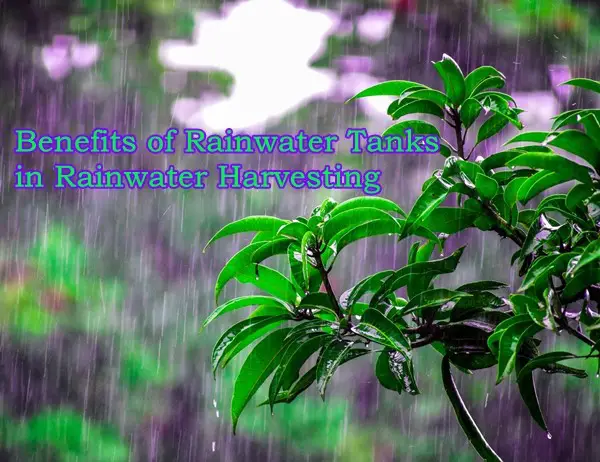The recent years have seen rapid changes in the rainfall patterns and climates of many different places around the world. There now are places that get a lot of rain every year, and there now are places that might no longer get as much rain. The same applies to sun and snow. But regardless of the changes that are happening around the world, sufficient preparation and planning need to be done in accordance with all the changes that are happening at the local level to ensure that we thrive even with these many changes.


